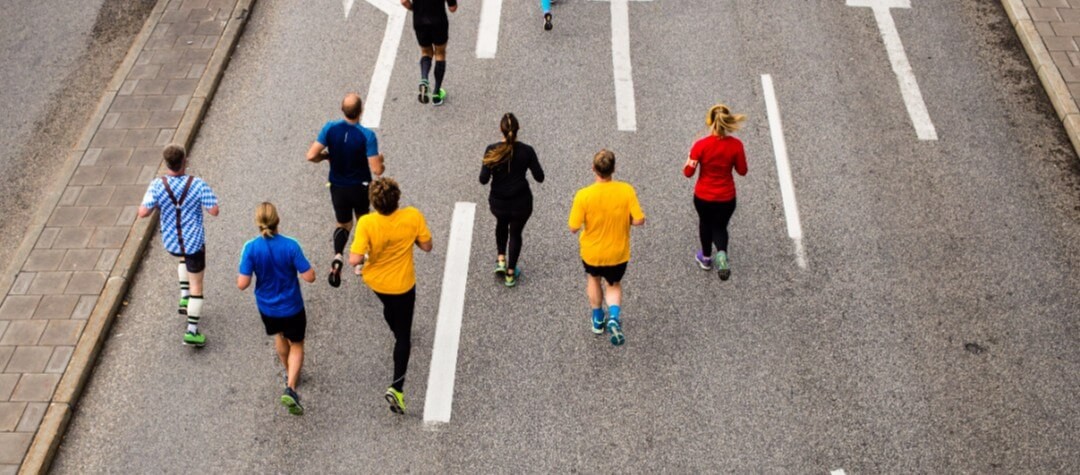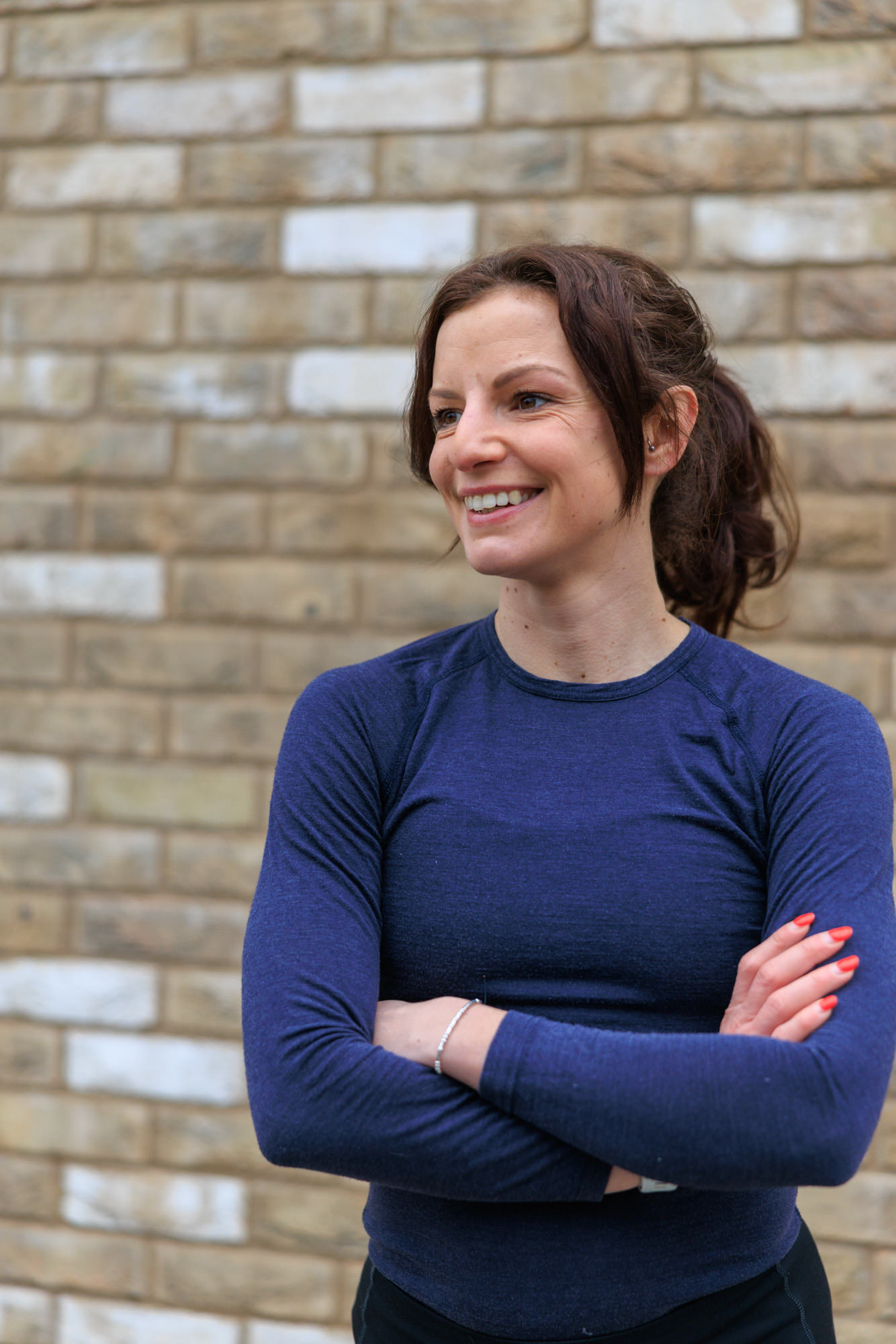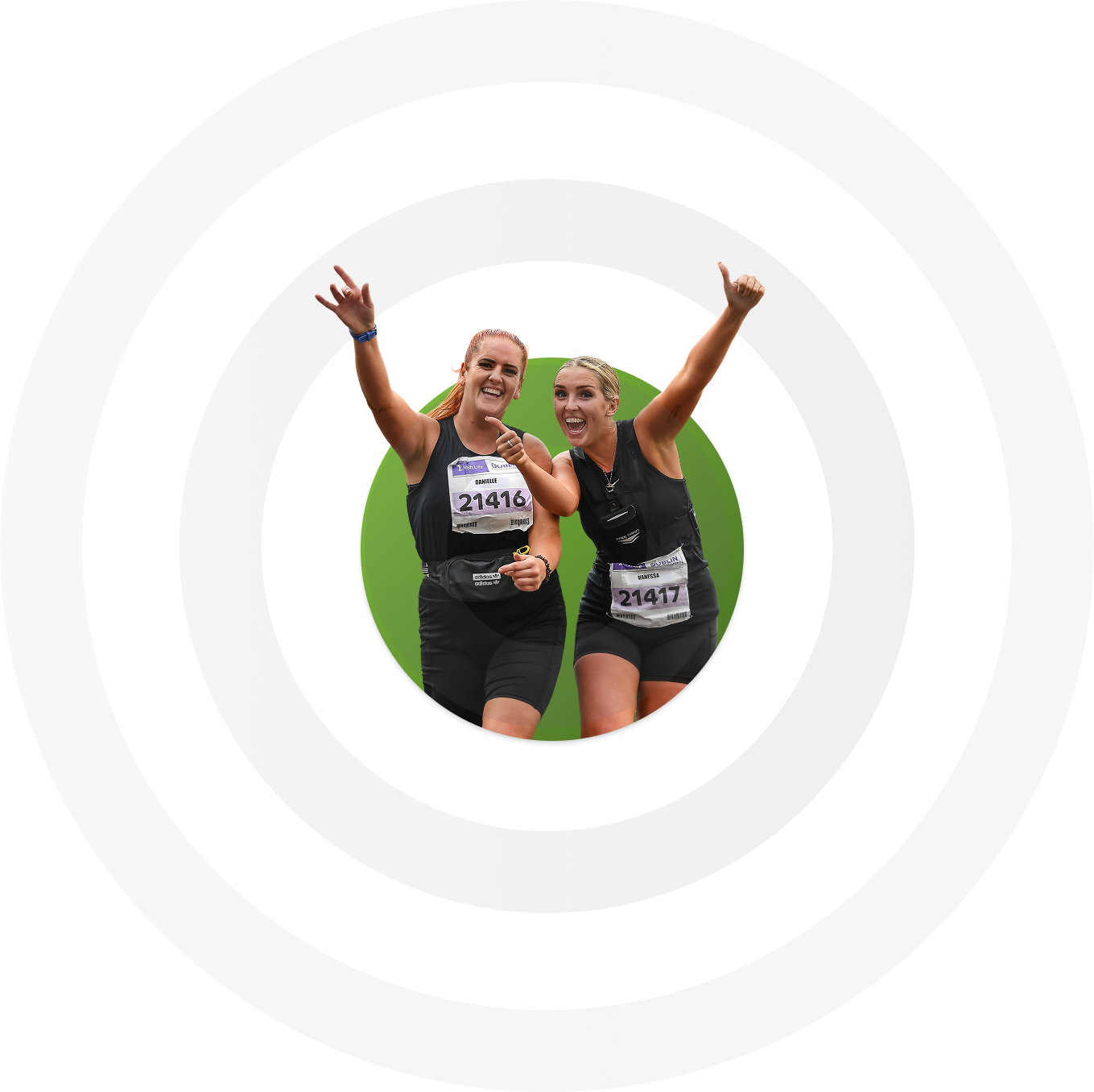Find out how not to run the 10k so that you avoid the race day disaster experienced by many a runner.
The 10k is a tough distance to gauge and very often people run times that are a lot slower than their fitness would suggest. The number one reason for this is because they tear off at world record pace, flood their system with lactic acid then progressively get slower and slower for each kilometre until the finish. That would be one way of how NOT to run a 10k.
Pace it correctly
Pace judgement is crucial in the 10k, because people regard it as a shorter race (compared to a half marathon and marathon ) so they don't fear it as much and therefore don't use the same thought processes they would a longer distance race. "What's the worst that can happen? It's only six miles. I'll be fine if I go really fast at the start!" In order to avoid such disasters you need to be sensible with how fast you run the first 3km of the race. If you get this right then you'll finish in a time that reflects your ability and not how much you suffered over the second half of the race.
In order to avoid disaster you need to be sensible with how fast you run the first 3km of the race.
You should know how your training has gone in the build up to the race and have some idea of your target time, so use this target time to plan the pace you start with. If you want to run 50 minutes for 10k, then 25 minutes for half way (5k) is what you should be aiming for and keeping the same pace for the duration of the race is often the easiest way to get the time you want. In this case you want to be running each kilometre in 5 minutes.
Race checkpoints
Depending on the race you might find each kilometre is marked, which means if you are wearing a watch you'll be able to keep track of your progress.
If you're feeling good then you can always pick up the last 2km to get an even faster time. This is a good way to get feedback around the course if you are unsure about just 'feeling' the pace you’re running. Having these checkpoints should allow you to focus on the time you’re running rather than getting caught up with a crowd running faster than your current fitness level.
Train specifically for the 10k
It should go without saying but training for a 10k is going to be a lot different than training for a marathon, and if you are doing the same type of training then you should only expect to run well in one of the distances. You are obviously going to be building up a lot of strength training for the marathon but will be neglecting your speed. With the marathon you want to be running slower for longer, whereas with the 10k, you want to be running considerably quicker over a shorter distance.
With the marathon you want to be running slower for longer, whereas with the 10k, you want to be running considerably quicker over a shorter distance.
Your marathon strength will only get you so far in terms of the time you can run. When you start turning the legs over quicker and getting them used to running at 10k pace then that is where the speed improvements will come. That said the 10k would be seen as great speed work for the marathon and you can certainly run a 10k in the build up to a marathon.
Just remember that given your bigger, longer term target, it is unlikely you'll be reaching your 10k potential. Given that, using the same idea, you should run a 5k in the build up to a 10k in order to run quicker than race pace. The speed at which you run in training is the speed you are going to get better at. Plan your race, plan your training and don't think one size fits all when it comes to training for a race.

.png)




-min.jpg)

